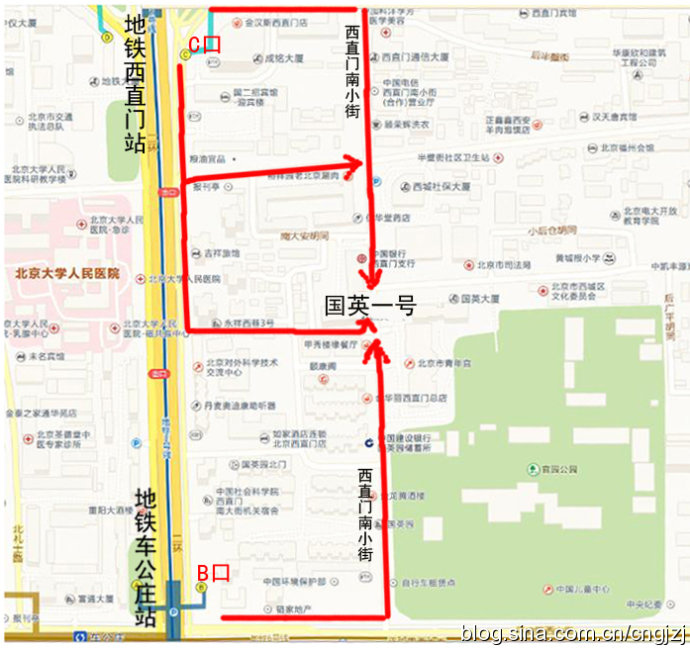<
Middle-aged fitness program
2017-02-17
Health newspaper
Middle age is a special period of life. In this age, the body organs function has begun to decline in the phenomenon, especially to the late, due to the rapid changes in the body's endocrine system, the body's functional level into menopause, the body has entered the aging period. At this point, the body with a variety of activities related to the performance level showed a downward trend. Many of the activities that are accustomed to in youth, often in this period, feel that with the increase in age, the self-desire of people participating in physical activity declines, resulting in spontaneous movement reduction.
Need to emphasize that middle-aged people even participate in physical exercise, and often there will be psychological activities and physical activity deviated from the phenomenon that the heart that they are young, the body has been aging. Therefore, in sports, while thinking back to their young man's side, while doing what they think good to do the action. At this time, the body can not keep up. Even a slight exercise, will feel tired or whole body pain, and even lead to unnecessary sports injuries. It can be seen, this period of fitness goals should be to maintain and restore physical strength.
Middle-aged fitness program points:
1. The choice of exercise items to meet their own conditions. Middle-aged people should be based on their own needs, such as their own goals and interests, as well as objective conditions to select the exercise program. You can walk, jogging, walking, cycling, swimming, dancing fitness dance, playing tai chi and tai chi sword, etc., can also be hiking, mountain climbing, fishing and other outdoor activities.
2.Exercise intensity should be appropriate. 40 ~ 49-year-old man's heart rate should be maintained at 125 ~ 145 times / min; 50 ~ 59-year-old heart rate remained at 120 ~ 140 times / German sports medicine expert advice to exercise heart rate of 130 times / min strength every day Exercise once a week, the cumulative exercise time of not less than 1 hour, long-term adherence, you can make the heart young 20 years.
3. Exercise Note: middle-aged people to participate in fitness exercise process, we must adhere to the gradual and appropriate principles, that is, the intensity of exercise every week, exercise and exercise time should not increase the rate of more than 10%, each exercise intensity, exercise And the increase in movement time should not exceed the last 10%. Reasonable arrangements for exercise time, every week to exercise every other day is appropriate, each exercise 40 minutes. Before exercise and exercise, pay attention to arrangements for stretching exercises, to avoid sports injuries. Special Note: For health risks or chronic diseases in the middle-aged, to participate in fitness training must be carried out before the physical examination, excluding contraindications to exercise.
Sports contraindications: If the following diseases or circumstances, we must exercise carefully, or seek the views of doctors.
Acute or persistent cardiovascular disease in patients with acute or acute myocardial infarction; unstable or enhanced angina; severe arrhythmia, uncontrolled atrial arrhythmias, and multi-source premature beats, frequent ventricular premature beats Acute or active myocarditis or suspected patients; diagnosed ventricular aneurysm, aortic stenosis, aneurysm or suspicious patients; recent changes in how to use ECG in English Translation of heart disease, heart disease, pronunciation, interpretation, usage, and interpretation by the online dictionary.
2. Thrombotic diseases, such as thrombosis obliterans, deep vein thrombosis, cerebral thrombosis and so on.
3. pulmonary embolism.
Acute inflammation or infectious disease.
5. mental illness.
6. Hemorrhagic diseases such as various types of leukemia, thrombocytopenic diseases, hemophilia, and gastrointestinal and respiratory bleeding.
7. Sports system diseases, such as skeletal muscle atrophy or rheumatism caused by movement difficulties, fractures, joint dislocation and so on.
8. limb disability, such as upper and lower limb amputation, congenital defects, upper and lower limb deformities or dysfunction, spinal deformity or dysfunction, by the central or peripheral nerve damage or lesions caused by the trunk, limb deformities or dysfunction.
9. Within 2 years of malignant tumor, primary cancer or concomitant transfer.
10. Metabolic diseases that fail to be effectively controlled, such as thyroid dysfunction, diabetes, etc.
11. Important organ dysfunction or systemic dysfunction, such as cardiopulmonary dysfunction, renal dysfunction, chronic nephritis, severe liver disease.
12. in pregnancy
Severe anemia.
Menorrhagia or severe dysmenorrhea.
15. Any condition that affects normal life and exercise, such as visual impairment, mental retardation, etc. Beijing Sport University Sports College of Human Sciences Zhang Yimin
【Disclaimer】
This article is reproduced, only for the exchange, does not mean that the views of this site, the site is not responsible for the authenticity of the content, hereby declare. If you are interested in the contents of the work, copyright and other issues, please contact us within 30 days, we will remove or replace the relevant content at the first time, but not for the relevant compensation commitments. This article copyright and content interpretation of the original author of all.

 您现在的位置是:
首页 >>
Chinese health 中医保健 >>
Chinese health 中医保健
您现在的位置是:
首页 >>
Chinese health 中医保健 >>
Chinese health 中医保健
 复制链接
复制链接
 打印
打印
 大 中 小
大 中 小